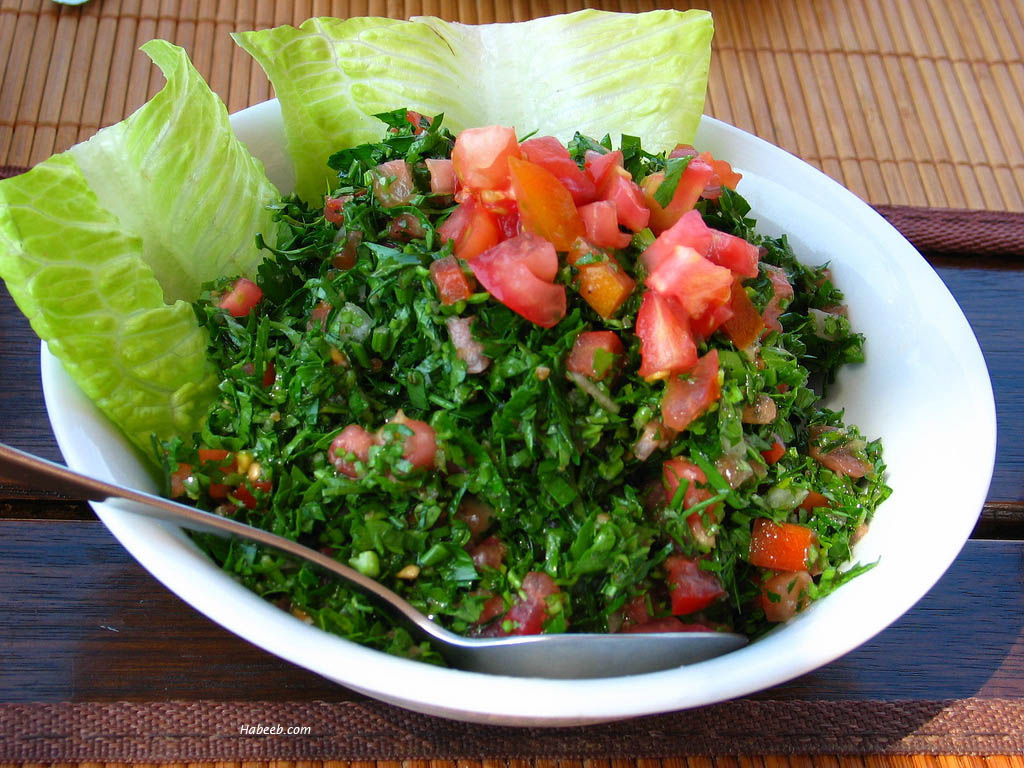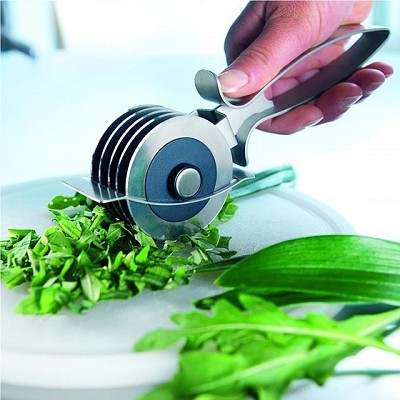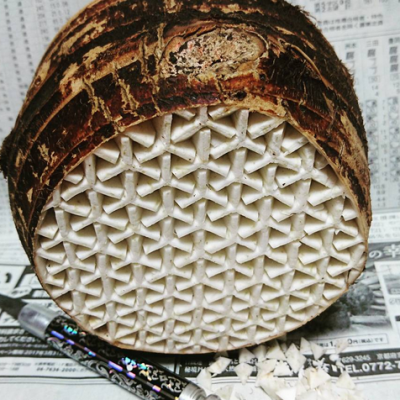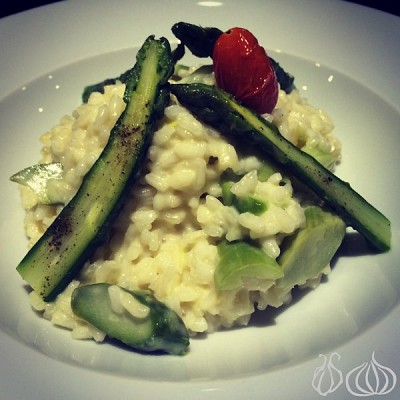Does this popular Middle Eastern salad really need so much parsley? And is it essential to stick to a traditional recipe?
Anissa Helou describes tabbouleh as a "global salad" – one of those dishes that can be found on menus and deli counters around the world, often in a form guaranteed to raise a few Middle Eastern eyebrows. In Europe, this generally means a herb-flecked bulgar wheat salad, which I'll happily admit I rather like – but my boyfriend, who briefly lived in Lebanon in his distant youth, tends to be very sniffy about. (He's basking in this rare moment on the culinary high ground.)
As Yotam Ottolenghi and Sami Tamimi sternly caution in their latest book, Jerusalem, in the Middle East, tabbouleh, "as is not always understood in the west, is all about parsley … this is essentially a parsley salad, not a bulgar salad". So, with that in mind, how do you make the perfect version?


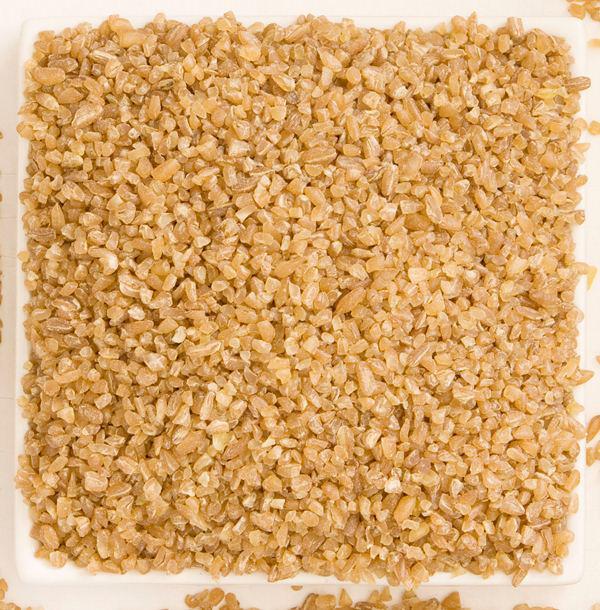
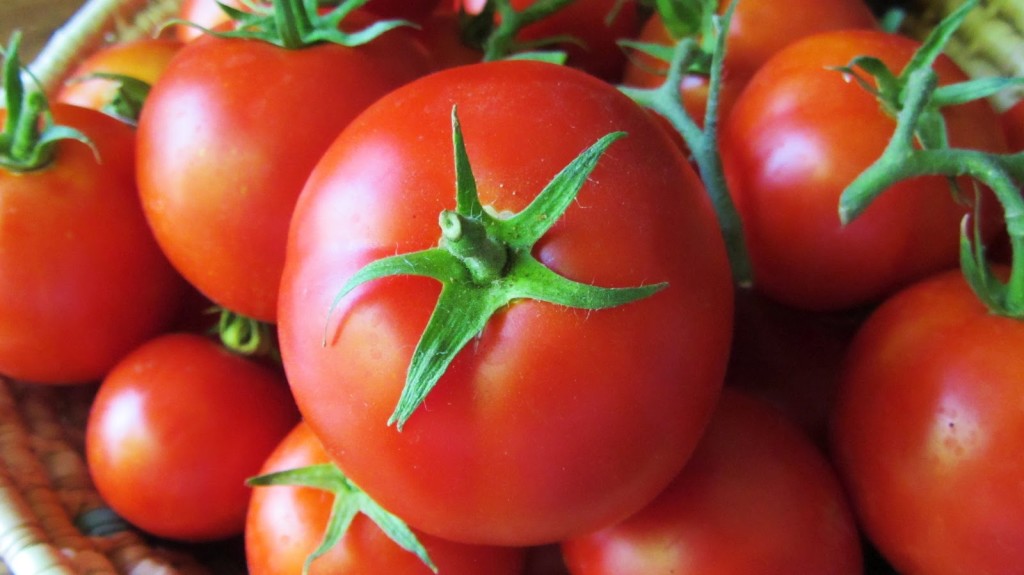
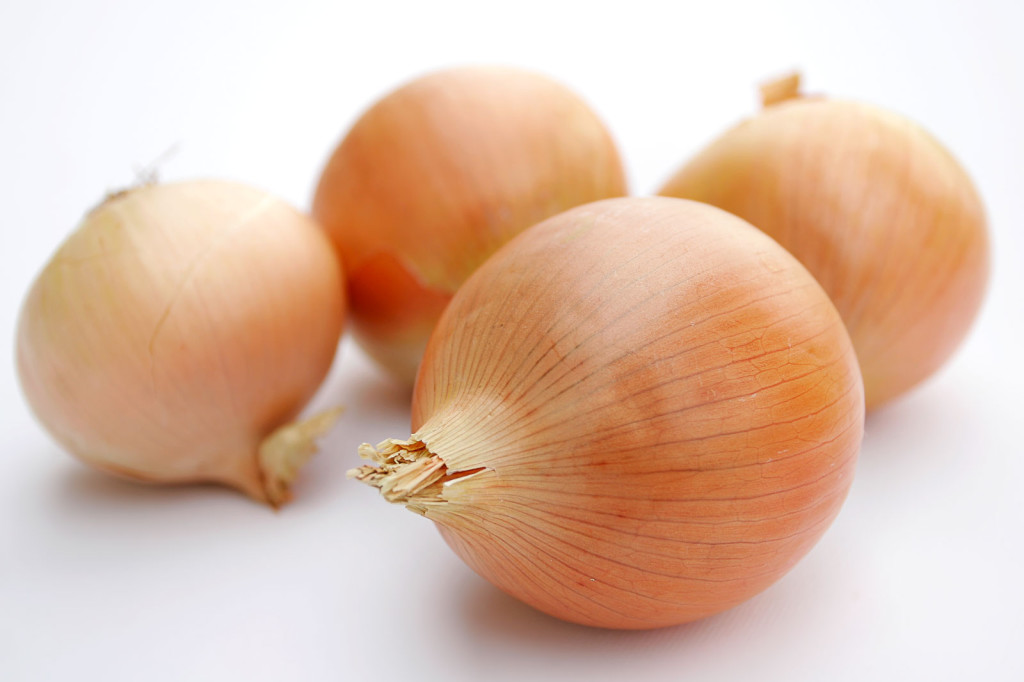
Parsley:It's important to treat parsley (the more pungent flat-leaf variety, naturally) with care. Tamimi remembers his mother telling his sister she'd never find a good husband if she didn't learn to chop parsley properly. First of all, wash it by dunking it in very cold water and shaking it: the great big bunches you find in greengrocers and Middle Eastern shops can be dusty (of course, if you don't have either nearby, the supermarket kind will do just as well, but bear in mind you need a lot of the stuff, so those mimsy little packets will stack up). Secondly, it needs to be carefully cut, so it doesn't bruise. The greatClaudia Roden writes in Arabesque that, having watched her friend Kamal make tabbouleh in Beirut, his main tip was to "slice, not chop the parsley, so that it does not get crushed and mushy". Helou warns against using a mezzaluna, as this will have a similar effect: a sharp knife and a good deal of patience is necessary. Thirdly, you need more than you might think. Much more. Helou uses 400g for a salad serving four to six people, which is about four of the enormous bunches sold in my local Turkish grocers. That's a bunch per diner. Like guinea pigs, the Lebanese do like their parsley.

Other Herbs:Mint is a feature of many recipes, albeit in thankfully smaller quantities. Even more delicate than parsley, it needs stripping from its thicker stems, and gently slicing. A ratio of about one part mint to four parts parsley seems most usual (although Helou uses less mint), and seems about right – you should be able to pick up the fresh, menthol flavour without it detracting from the pepperiness of the parsley. Sally Butcher, while acknowledging the supremacy of Helou's "definitive" tabbouleh recipe, gives her own for a "store-cupboard" tabbouleh in her excellent book Veggiestan, explaining that the dish exists in various guises in Turkey, Greece and the Middle East – "any which way, it is a salad made from wheat and varying degrees of herbs and vegetables". She allows "fresh herbs of your choice", so I use sorrel after finding a large bunch at the greengrocers. It gives the whole salad a lovely citrussy zing – definitely inauthentic, but I think I can get away with calling it a rather good tabbouleh-style salad at the very least.

Bulgar Wheat:Not the main ingredient, in fact, a pretty insignificant element in terms of quantity, but nevertheless, one that demands a little thought. Everyone but Butcher calls for the fine variety, which is almost the same size as couscous. I have a little trouble tracking this down in supermarkets, but if you have a Middle Eastern shop nearby, they will certainly stock it. Rinsing in cold water and draining is the drill for Roden, Ottolenghi and Tamimi, and Helou (Roden only rinses briefly, but the others use several changes of water), and the recipe in the New York Times soaks the bulgar for 20 minutes before use. It's so scarce as to be quite easy to miss in the finished dish as it is, but when it's this mushy, it's even harder to detect. Definitely unnecessary. Butcher uses medium bulgar wheat in her store-cupboard version, rinsing it in boiling water, then drying it in a low oven for 20 minutes. This leaves it rather crunchy, which, in combination with the larger grains, makes it far more interesting to eat. I'm torn – the fine stuff is clearly the authentic option, and it's nice enough, but I really like the chewiness of Butcher's salad. In the end I decide on a compromise: fine bulgar, as they'd use in Lebanon, but with an entirely optional topping of medium grains for heretics like me. Your call.

Tomatoes and their Juices:These should be really ripe and juicy – Helou drains the juice off before adding them to the salad, noting that this will make the tabbouleh "crisp and keep it fresh for longer". This is true – hers has a much drier, crunchier texture than the others I make, but we prefer the juicier versions, so I'll be using the whole fruit. Indeed, Roden, Ottolenghi and Tamimi all add the bulgar to the tomatoes early on, "so it softens in their juices". Loathe as I am to go against Helou's wisdom, I think this makes a real difference to the texture and flavour: not only is it slightly wetter, but the whole seems more harmoniously blended. The New York Times leaves its tabbouleh to soak for two to three hours, "so that the bulgar can continue to absorb liquid and swell". By the time we come to eat it, the grains, already pappy after their soaking, have all but dissolved into the salad. Not nice.

Onions and other Vegetables:Spring onions are the most popular choice, sliced ever so thinly – Butcher uses ordinary onions, and Ottolenghi and Tamimi shallots. These both seem too strong, though the sweetness of the latter is not unwelcome: the fresh green flavour of spring onions works better in a salad. Butcher also uses a wonderful array of other veg: peppers, chillies, cabbage, courgette, mushrooms, cucumber, broad beans, peas, olives, sugarsnaps, mangetout, sweetcorn, broccoli, spinach, carrot and celery. Basically, the entire stock of the greengrocers. (Optional extras such as chopped pear, chickpeas and sunflower seed kernels run to a whole new list.) Chopped very small, they make the salad a rainbow of colour, flavour and texture, but this is unlikely to impress the authenticity police. Ottolenghi and Tamimi top their salad with pomegranate arils, as the seeds seem to have been correctly, if pedantically, renamed, which adds a burst of colour and sweetness. They class them as optional, which I suspect means Tamimi's mum wouldn't approve, but I really like them, so I'm going to throw caution to the wind and include them.

Spices and Dressing:Roden and the New York Times use no spice at all, just lemon juice and olive oil, which makes their salad zingy but a little dull in comparison with the others. Butcher uses pomegranate molasses rather than lemon juice, which is nice but doesn't taste quite so fresh. Ottolenghi and Tamimi use a baharat spice mix in their salad, which, to my surprise, I find in the first supermarket I go into – courtesy of Bart spices. Helou uses Lebanese seven spice (this time, it takes two supermarkets). Her recipe, which I find belatedly, is here – the general idea is sweet spices, rather than the slightly more savoury baharat. I'm going to use Helou's own, more classic version as my inspiration instead, with its pepper, allspice, cinnamon, nutmeg, coriander, cloves and ginger. For such a simple-looking salad, there's a surprising amount to tabbouleh, but the results are far more interesting than the average western recipe – fresher, spicier and much, much lighter. Give it a try.
The perfect tabbouleh
Categories:
News



















